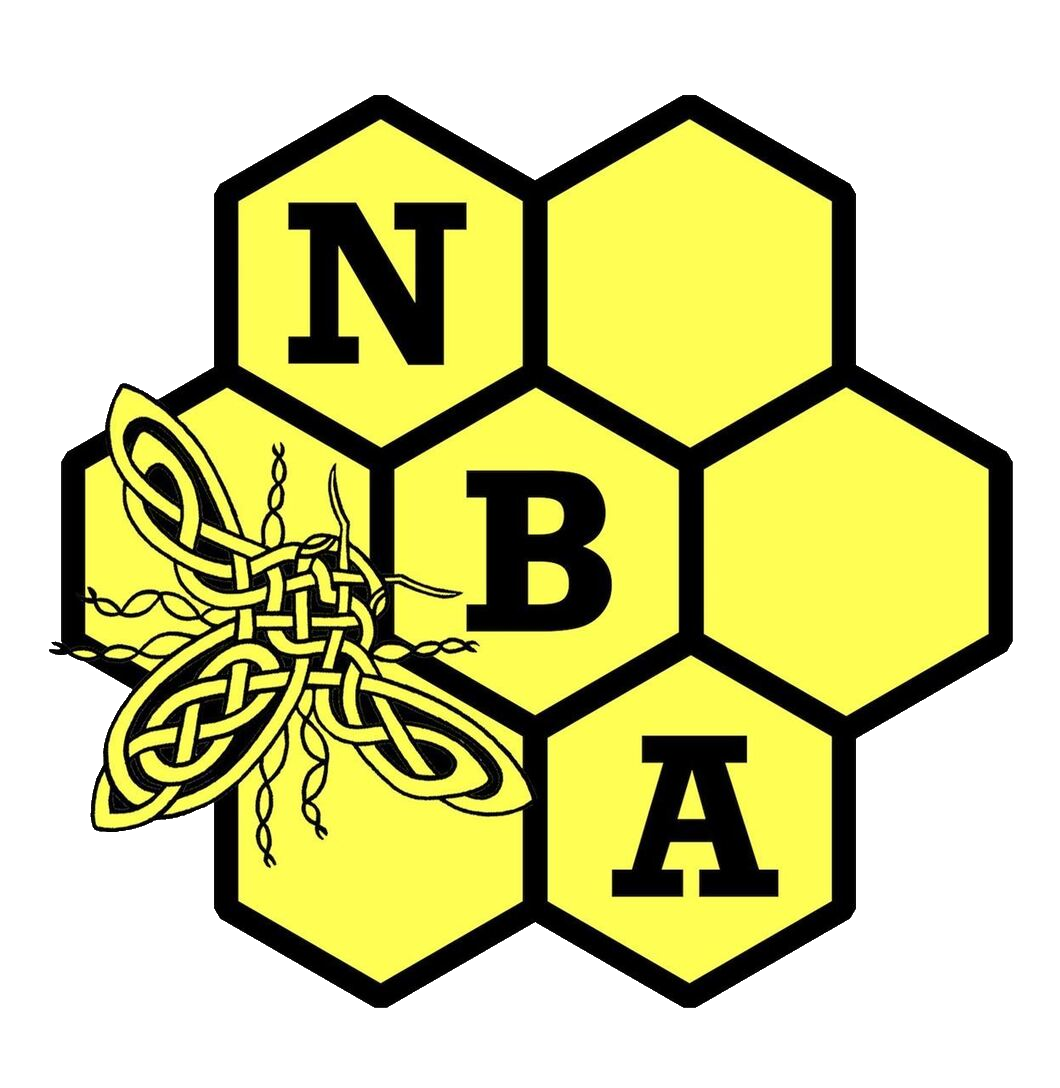Bee-Blog posts
-
18 December 2025 21:20
-
17 December 2025 12:47
-
16 December 2025 14:14
-
04 December 2025 19:02
-
26 November 2025 14:49
-
26 November 2025 14:15
-
26 November 2025 14:03
-
06 November 2025 15:46
-
30 October 2025 11:57
-
25 October 2025 12:19
-
17 October 2025 12:14
-
16 October 2025 16:32
